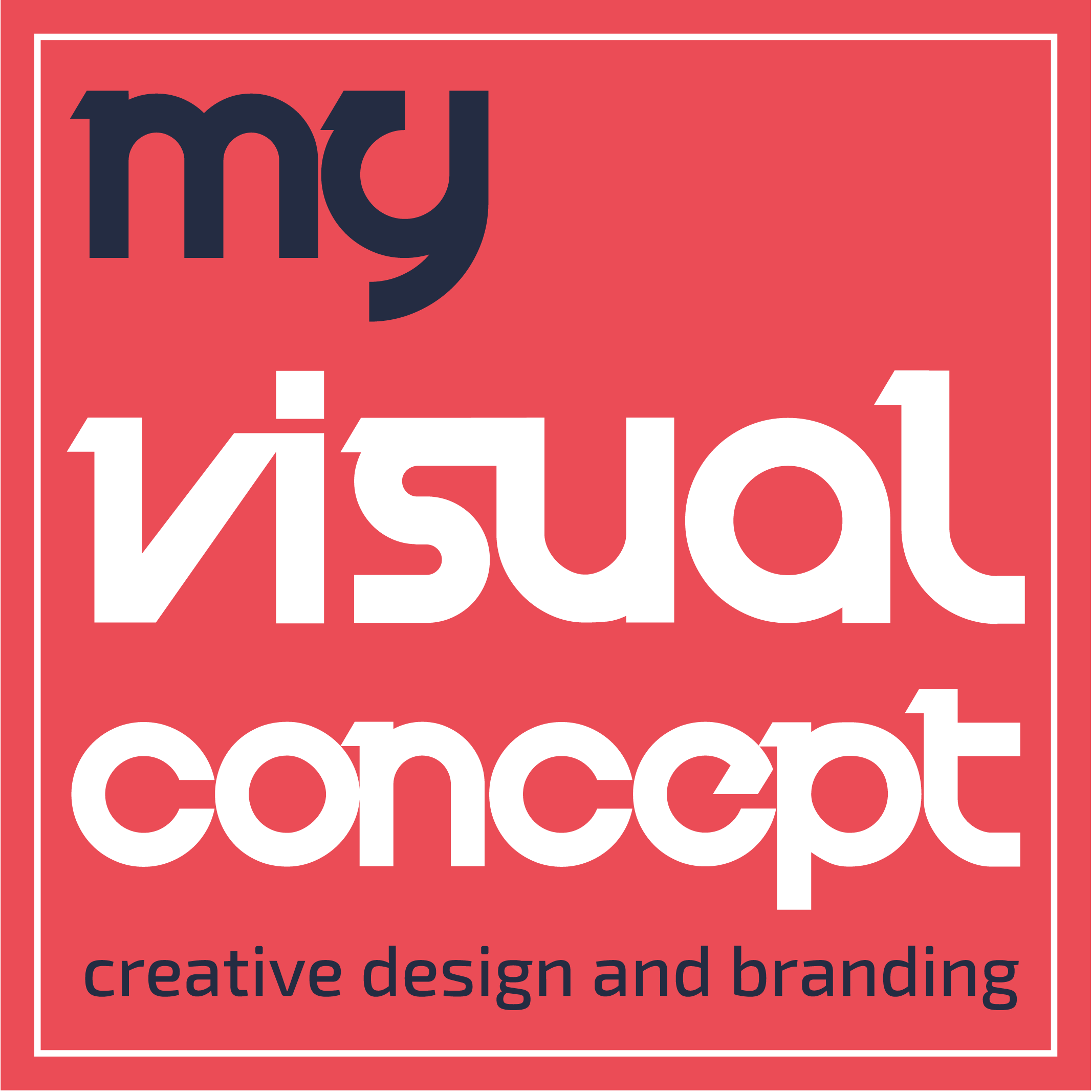Graphic design has always been a dynamic and ever-evolving field, but the digital age has accelerated its transformation like never before. As we navigate through the pixels and vectors of today’s design landscape, let’s explore the key milestones that have significantly impacted the industry.
The Advent of Computers: A New Canvas
The introduction of computers in the 1980s marked the first major shift in graphic design. Designers transitioned from traditional methods to digital platforms, opening up a world of possibilities. Software like Adobe Photoshop and Illustrator became the new brushes and palettes, revolutionizing the way designers created and manipulated images.
The Internet Boom: Global Connectivity
With the internet boom in the 1990s, graphic design became more accessible and widespread. The need for web design emerged, and designers adapted to create visually appealing and user-friendly websites. This era also saw the rise of digital typography, allowing for more creative text styling and layout.
Social Media and Mobile Devices: Design Goes Viral
The 2000s brought social media and mobile devices, changing the consumption of graphic design. Designers now had to consider how their work would look on smaller screens and create content that was shareable and engaging for social platforms.
The Age of User Experience (UX) and User Interface (UI)
Today, UX and UI design dominate the digital landscape. Designers focus on creating intuitive and seamless experiences for users, with an emphasis on simplicity and functionality. The rise of app culture has further pushed designers to innovate within the constraints of mobile interfaces.
The Future: AI and VR
As we look to the future, technologies like artificial intelligence (AI) and virtual reality (VR) are set to redefine graphic design once again. AI-driven design tools can automate tasks and generate new designs, while VR offers immersive experiences that challenge traditional design boundaries.
In conclusion, the evolution of graphic design in the digital age is a testament to the adaptability and creativity of designers. As technology continues to evolve, so too will the ways in which we create and experience design. The future is bright, and the pixels are just the beginning.





